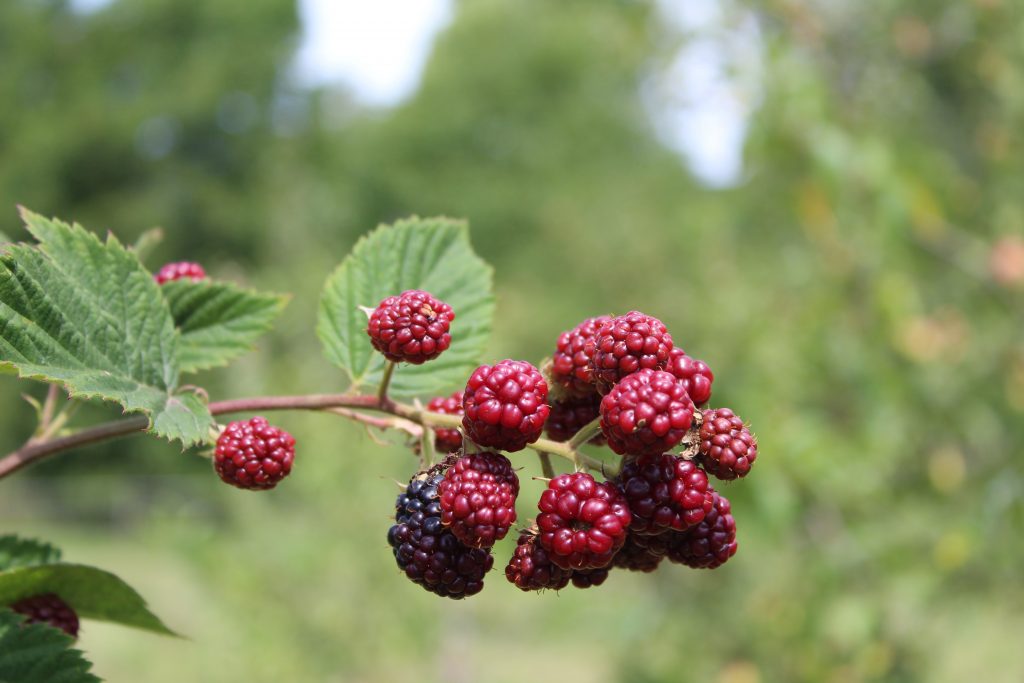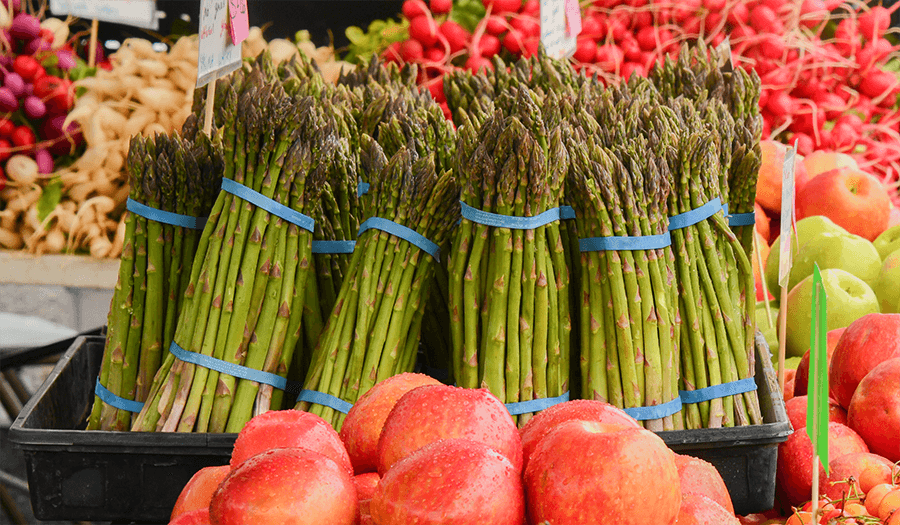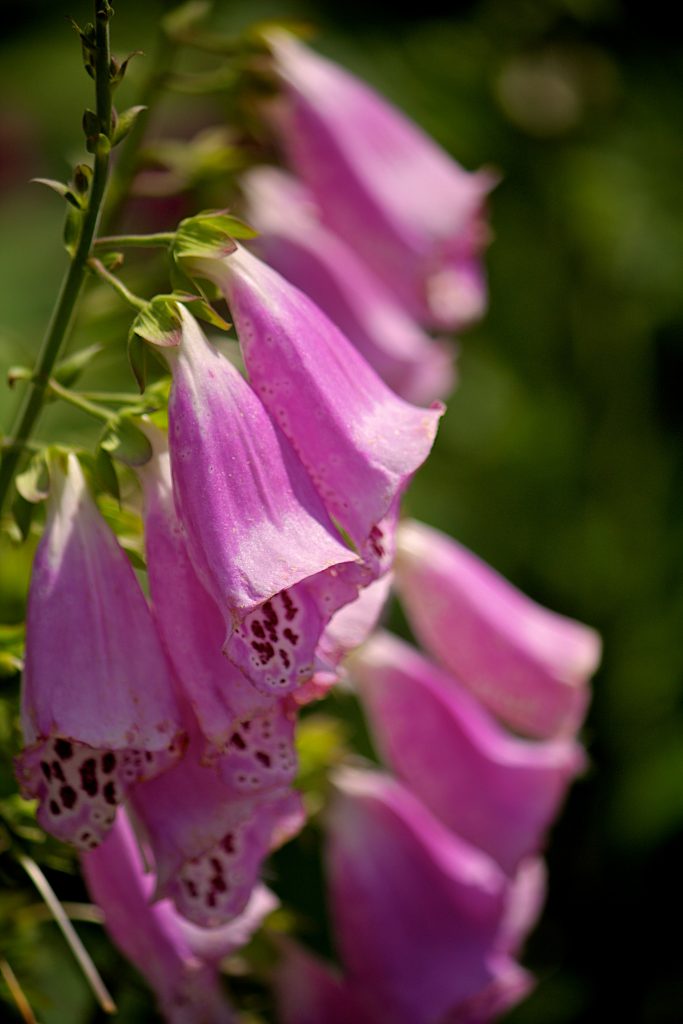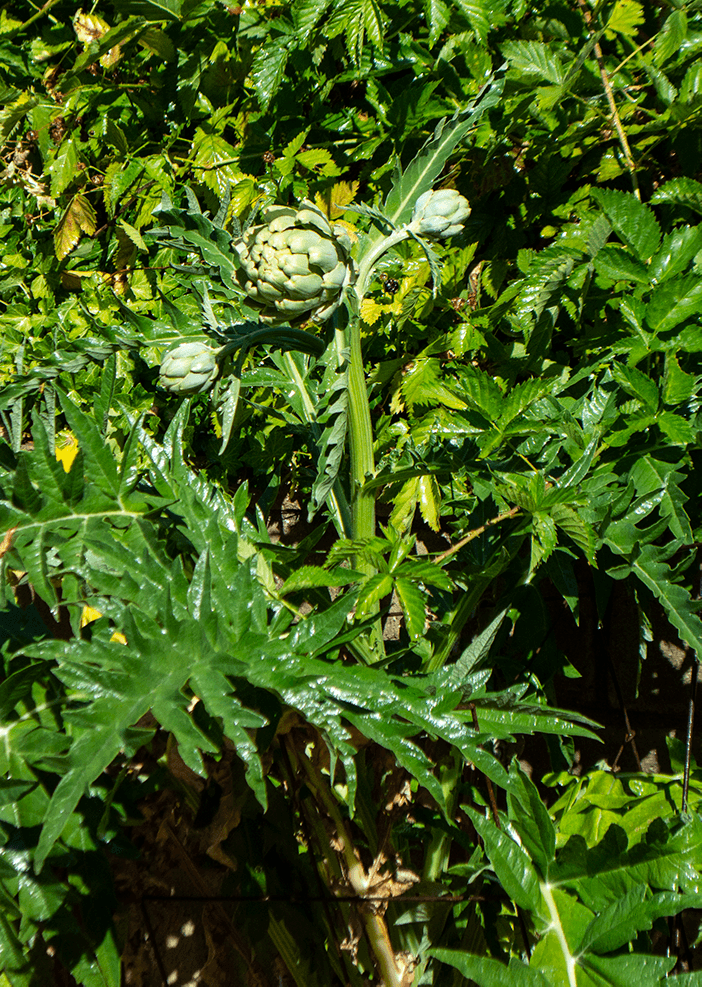Featured Photo by Ross Bearman
The tasty spring vegetable we call asparagus is a perennial plant as well! It goes great with all kinds of other food s and is very popular in summer cooking . Planting this perennial vegetable in rows with spinach or lettuce in between allows the the gardener to enjoy two crops in spring and summer. The tall asparagus fronds provide shade and cooling in the summer months.


Blackberry bushes are unique plants that have perennial roots but grow their fruits on stalks known as “canes”. These canes are biennial. The first year plant grows canes called “primocanes” but fruit doesn’t grow until the second year when the plant produces “floricanes”. According to Wikipedia>Blackberries, the biggest producer of these scrumptious delights in the entire world is Mexico (Ole’!) and they produce them primarily for shipping to northern markets in their off-season’s. In the U.S. the biggest blackberry producer is the state of Oregon.
Planting to Promote Soil Health
Planting perennial’s is a key component in improving and maintaining soil fertility. Perennials help create nutrient-rich soil by their cultivation of microbial communities. These microbes aid in the plants’ immunity to disease and supply important nutrients such as nitrogen and phosphorus, helping these plants to remain resilient. Perennials return a large amount of carbon to the soil throughout their lifespans because they devote most of their energy creating new shoots and blossoms which either fall to the soil or are removed and used by humans or animals.
Perennial plants improve soil’s water retention compared to annuals. This is due to their robust root systems which exchange carbon for nutrients and proliferate beneficial microbes. Unlike an annual crop, perennials are alive year-round and can be harvested multiple times before they die. Perennials do not need to be replanted each year dramatically cuting down on the need for machinery and fossil fuel.



